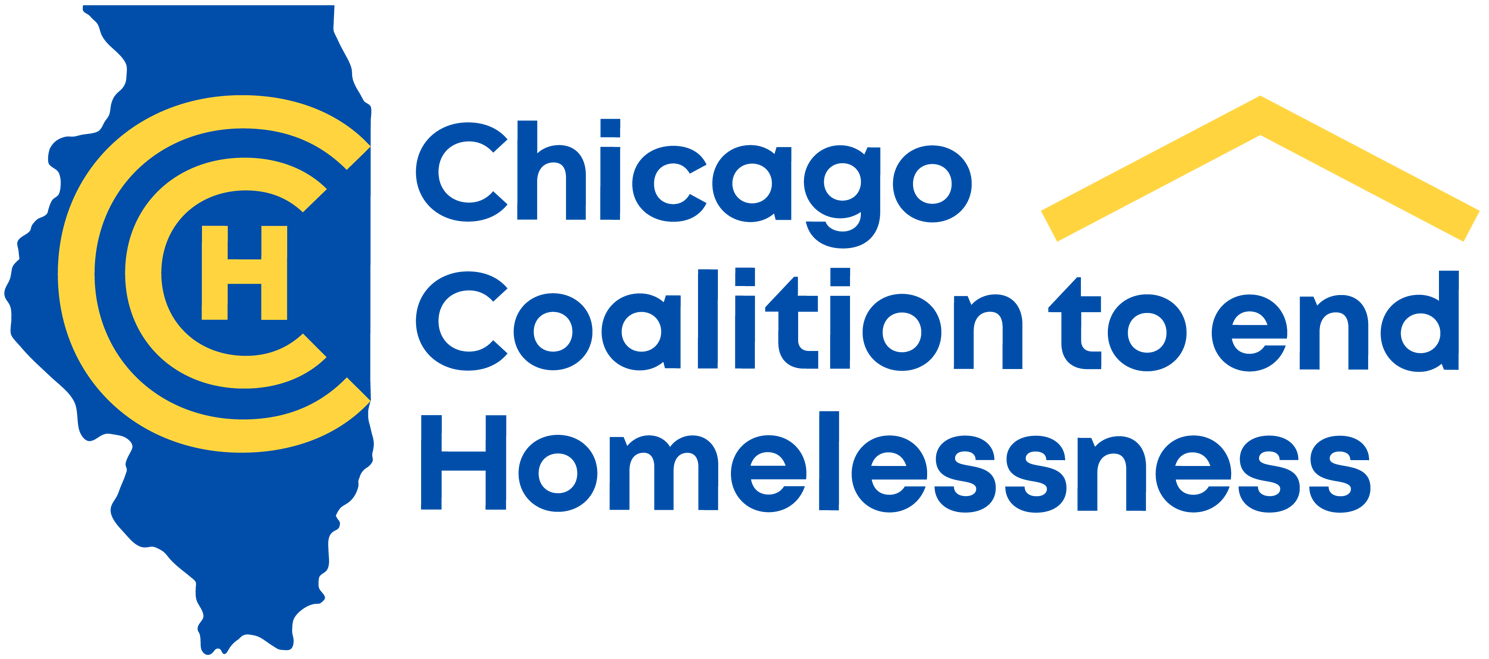By Odette Yousef

A homeless man bundles up in blankets on a January morning in downtown Chicago. Officials say seasonal changes may account for discrepencies between perceptions of how many homeless people live in Chicago, and the decline documented by this year’s point-in-time count. (Kiichiro Sato/AP Photo)
Chicago officials are touting numbers that indicate that homelessness in the city has hit its lowest point in more than a decade.
During the annual point-in-time count, conducted on the night of January 16th, 2016, hundreds of city workers and volunteers counted 5,889 homeless. That’s almost 900 fewer than last year.
A press release from the office of Mayor Rahm Emanuel noted declines in homelessness among veterans and unaccompanied youth in particular, saying they showed “progress toward the city’s goal of addressing any and all instances of homelessness.”
“I was actually very surprised, given the folks that I work with day in and day out,” said Julie Youngquist, executive director of Streetwise, a workforce development agency and weekly magazine publication that aims to help people overcome homelessness. Youngquist said that working from her office in the city’s Uptown neighborhood, she doesn’t see homelessness on the decline.
“Just this summer a new encampment has literally popped up in a little grassy area across the street,” she said.
The city’s annual report rarely accounts for factors that may affect the numbers, but this year it acknowledged that “the visibility of homelessness in Chicago is on the rise.” It noted, “Results show that locations where unsheltered homeless persons are found have shifted over time.”
Seasonal changes may account for the discrepancy between perceptions and the count as well, said Youngquist. “In the colder months people can find options, or more compassionate friends and family to stay with,” she said, highlighting that the count was taken on a winter night. “And then in the summer months they’re just out.”
“I do think that that sort of congregate living situation is what’s making it seem more visible,” said Julie Dworkin, director of policy at the Chicago Coalition for the Homeless, referring to so-called “tent cities” that have emerged in several areas of the city. “They’re forming these communities that are longer-lasting and are growing, because people feel safe in numbers. I think also the fact that a lot of people started using tents in Uptown makes the problem more visible because it’s just a lot easier to see a big, bright tent.”
The count found the largest drop among the unsheltered homeless, meaning individuals in streets, vacant buildings, CTA cars, or other places not intended for sleeping. That count, of 1,243, was 40 percent below what it was last year. In part, this may have been because the number of homeless who sleep on the CTA was projected well above the actual number; this year, those people were counted more systematically. Another significant change was seen in the number of homeless veterans.
The number of unsheltered veterans fell by half, and the overall number of homeless veterans was 151 fewer than in 2015. The effort to house homeless veterans has been a priority of the Emanuel administration since 2014, when the mayor announced that Chicago would work with local and federal agencies to eliminate homelessness among veterans by the end of 2015. According to the latest count, the initiative succeeded in placing 2,339 veterans into permanent housing since 2015.
“I think this is an important takeaway because it shows that when you have real money on the table and real political will behind something, you really can have a significant impact,” said Dworkin, “and I think that’s what happened here.”
A similar effort to apply that model toward housing 75 chronically homeless people from Uptown has proceeded slower than planned.
“We’re feeling very pleased about the results,” said Nonie Brennan, CEO of All Chicago, referring overall to the results of the count. “We know we still have a lot of work to do, but we are focused on making sure that everybody in Chicago has a place to live.”
The count also showed a steep drop in the number of homeless who access certain public benefits, such as food stamps and the Special Supplemental Nutrition Program for Women, Infants and Children (WIC). Brennan said individuals typically need help applying for those benefits, but many social service agencies have cut back due to the state’s ongoing fiscal crisis. “One of the things we do know is that an enormous number of case managers have been laid off in the past year,” said Brennan, “and it’s usually case managers who are working to get people connected to the appropriate benefits and services.”
A new feature of the count broke down homelessness by community area and ward. It found that the communities of Uptown and the Loop both contain the largest numbers of homeless, each having nearly 10 percent each of the whole count of homeless Chicagoans.
By ward, the 42nd, which includes downtown, the South Loop and River North neighborhoods, showed by far the highest homeless population, at 120 individuals. Behind that was the 32nd ward, with 69 homeless.
“I think it’s going to be really interesting to see what the response is to these ward-by-ward breakdowns,” said Dworkin, “and how aldermen are going to perceive this and think about allocation of resources based on what they’re seeing in their wards.”






